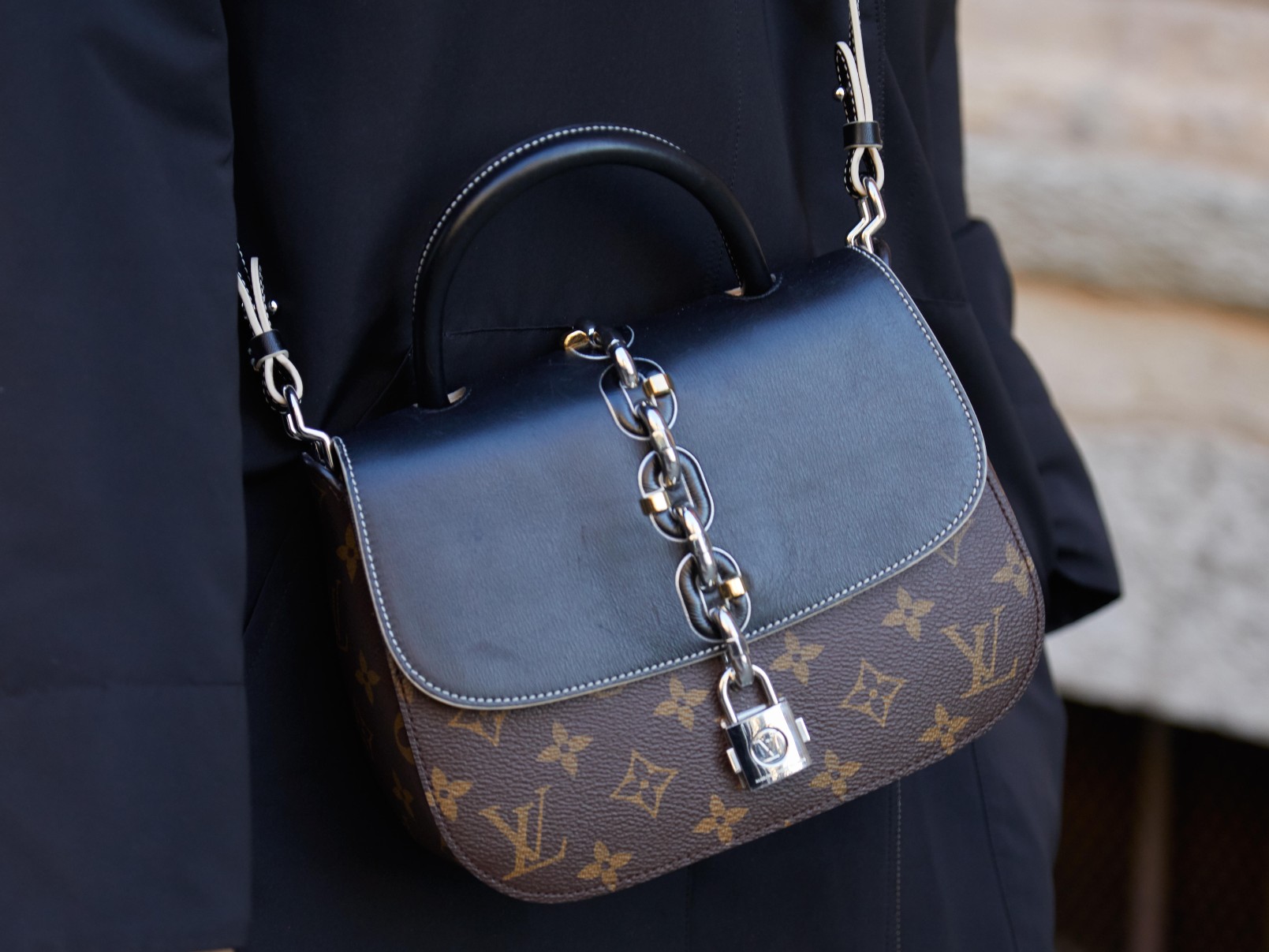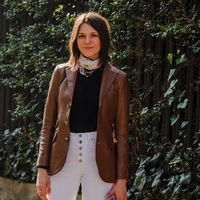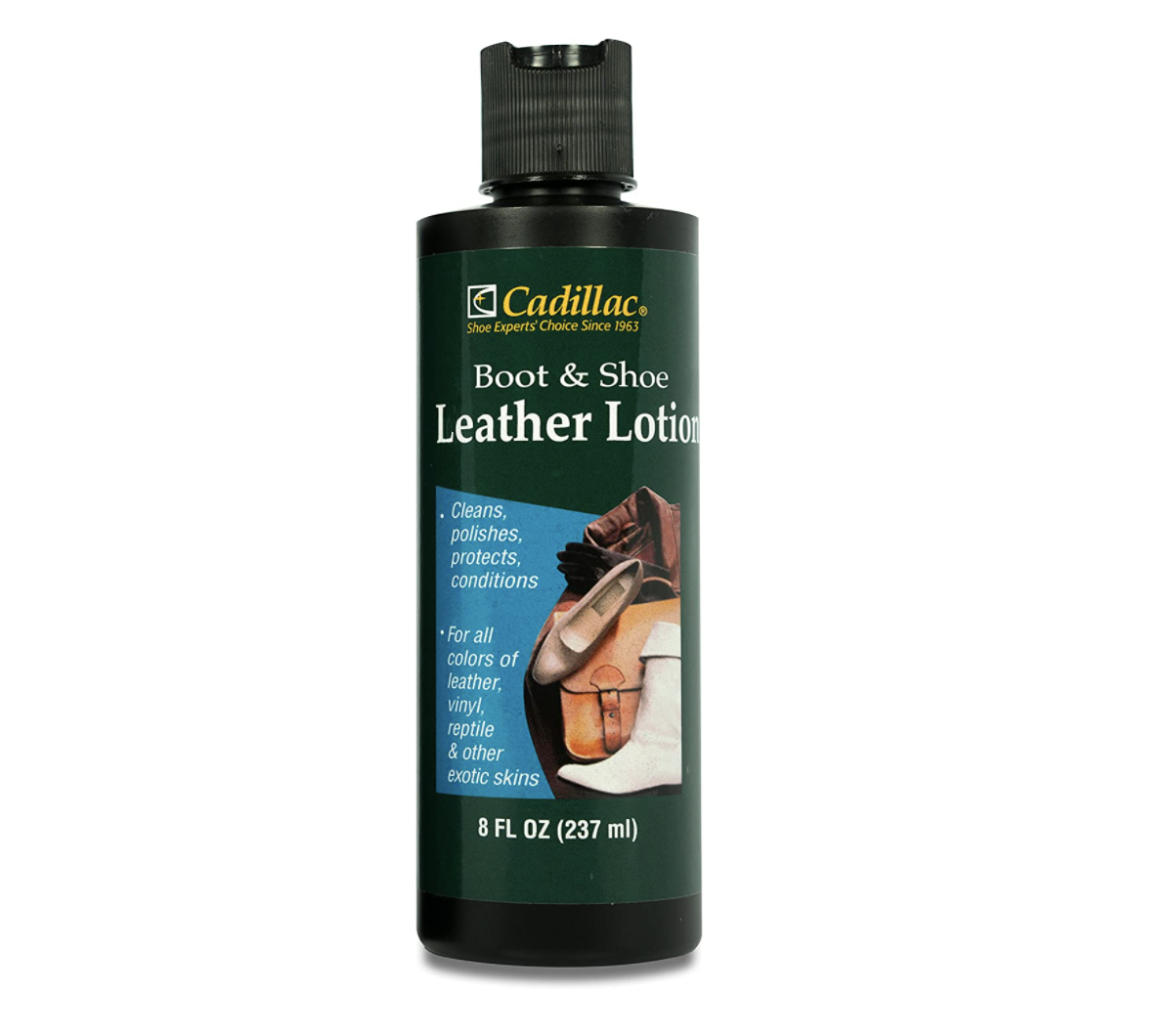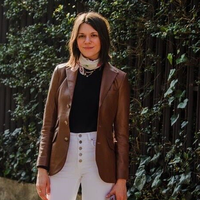Take Care of It: How to Clean Your Luxury Handbag Into Resale Shape
An expert from luxury resale platform Fashionphile on how to get a return on your investment.



Welcome to Take Care of It, where we'll share best practices for the upkeep and maintenance of luxury fashion purchases.
A luxury handbag is a classic example of an “investment” piece, but with the hefty price tag also comes huge responsibility in terms of maintenance and care. After all, an adult purchase does in fact include some amount of adulting.
Given the rising popularity of the luxury resale industry, a high-end handbag can be a great investment. But buying secondhand is another great way to dip a toe into the luxury market—the barrier to entry is lower, and since it’s already banged up a bit, you don’t need to panic if you get caught in the rain, as long as you know how to regularly maintain the condition.
But what if you want to sell that bag—either new or pre-owned—down the line? How much wear is too much wear? We talked to Lara Osborn, Senior Procurement Director at Fashionphile, a luxury accessories resale platform, about how to protect your purchase for longevity of wear or hopes of recouping costs.
Marie Claire: What are things that you see from consignors that are a red flag in terms of condition for resale?
Lara Osborn: At Fashionphile, we rate the condition of the handbag so we know how to price it. I’ve seen how severe the wear can get so I suggest reselling items before they lose their value. The goal isn’t to wear a bag into the ground, you don’t want to erode the investment power. Never store your bag on a hook! If you’ve used a product on a bag that wasn’t designed for it, we will be able to see it or smell it. We have seen people try to clean something before selling it to us, but they ended up just making water stains or shoe polish that just comes off.
MC: What is the general lifespan of a luxury leather handbag?
Get exclusive access to fashion and beauty trends, hot-off-the-press celebrity news, and more.
LO: It really is designer-specific. When I think of the premiere luxury designers who have been doing this for over 100 years, [their products] are very much a 20- or 30-year bag. It’s a matter of how it’s constructed and the materials used. The stitches hold. We’ve procured bags at Fashionphile from the '80’s and '90’s that are still sellable. In vintage, you’re going to see some evolutionary changes as [the leather] was once a living thing. For example, with a Chanel classic flap bag that’s over 30 years old, the quilting deteriorates over time and flattens, but that’s a preferred look for some people.
MC: Are there certain materials that are better for longevity than others?
LO: A full-grain leather is always going to be a great investment. Some of the sturdier leathers are cow skins but goatskin is also very durable and weather-friendly. Calfskin has the same MSRP as lambskin but it will resell for more typically because shoppers know it’s more durable. There is a quote I love from Hermes.com in their care and instructions section that says “Leather does not like to live a life of excess”. Excess means “too much” and if you’re starting to do the same thing every day, you’re going to start to see wear start to collect. You also cannot overstuff these things! If you’re putting too much in there, you’re not carrying the right size bag for you. You will see stress at the seams and cracking. Suede is one of the most sensitive you can own. Color transfer and moisture will really appear on suede.
MC: What are general ways to condition and clean the bag?
LO: One of the best things you can do is get it clean. Even if you may not be able to physically see the difference with a naked eye, an alcohol-free baby wipe will always come up with [some dirt]. Just routinely clean it. You can do some moisturizing on areas that are prone to cracking as well. There are some great products out there, but we recommend testing them on a small area first. A lot of handbag fans talk about the Apple Care leather conditioner and Cadillac shoe and boot lotion. These are used well across all leather types but do not use them on something delicate like crocodile skin or suede.
MC: What happens if you get a scuff or stain?
LO: That's a tough question because you can make it worse really easily. [For a stain], pat it, don’t rub it in. Use a damp white cloth and see what you can do from there. If you have a set stain, seek professional help. A magic eraser goes pretty far, without being too heavy handed, and not on all leathers because it is abrasion on the surface. [On Louis Vuitton canvas], it actually removes the scuff entirely.
MC: What are the best ways to store a bag?
LO: Keep it away from the light, away from heat. I recommend lightly stuffing it in its natural, upright position. It doesn’t have to be anything fancy. You can use a couple of old T-shirts, butcher paper or tissue paper, that’s fine. Plastic or bubble wrap can trap humidity and it could start mold growing in it. If it has rigid top handles, they should sit as constructed, we don’t want them touching or hanging from anything, it will distort the shape and beauty of that bag. If you can remove the strap and store it inside the bag, don’t wind it tight, let it sit inside a loose circle or gently folded in half. If you can store it in its natural, resting shape like a bag that can sit upright on a shelf, if not, store it on its side in its box as long as it’s supported. You can store a classic flap by laying on its side, but you want to store the chain inside the bag. Cinch it tight so the chain is laying on top or put the piece of felt included from the designer to go between the hardware and the leather and will keep moisture away and those indentations and imprints from occurring. If you do get those indentations, low, low heat from a hair dryer reactivates the leather and gets them to lessen. I have also smelled mothball scent on handbags way too many times in my career and I’ve never seen a handbag with moth holes chewed in it. I don’t think they’re prone to moths, so keep those mothballs away!
MC: Is it possible to revive a bag in poor condition to make it ready for resale, like "flipping" like a house?
LO: It depends on the severity of the condition. If the hardware has broken, that’s really hard to come back from. In resale, the inventory comes from the sellers. If the hardware has been replaced from outside of the designer, that starts to dilute the authenticity of the product. We’re very conscientious about only getting these repaired by the authorized repair shops or prefer not to accept them within reason. There are great service providers like Purse Rehab in California, Leather Surgeons in Pennsylvania, we utilize them pretty regularly to rehab bags on high-wear areas like the corners and the handles.
Julia Gall is the former Style Director at Marie Claire, covering all things fashion, as well as styling tips, wardrobe upkeep and sustainability. Check her out at @juliasgall.


